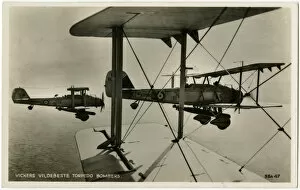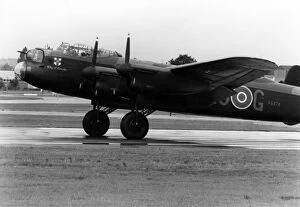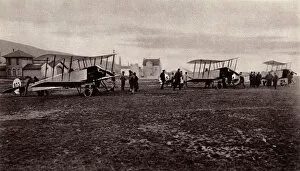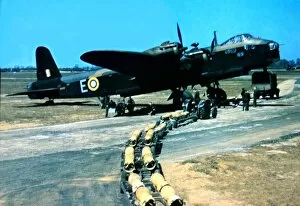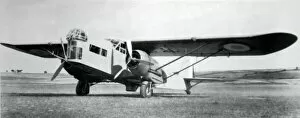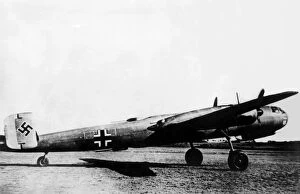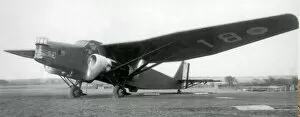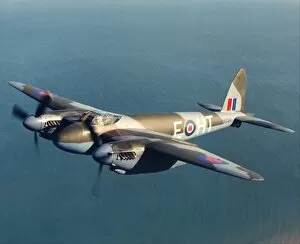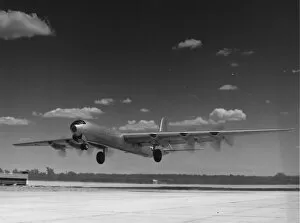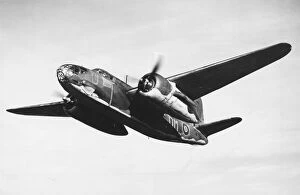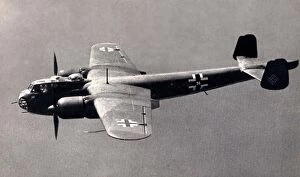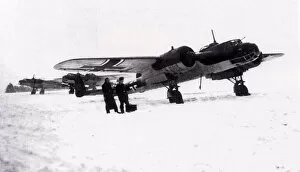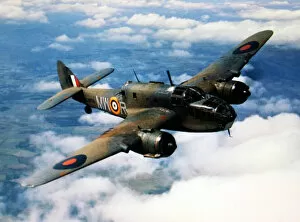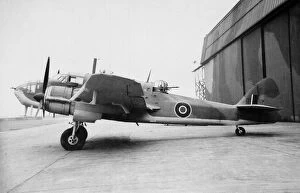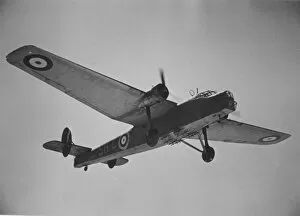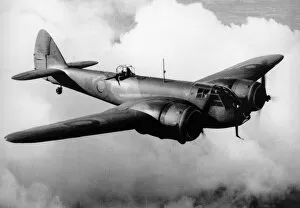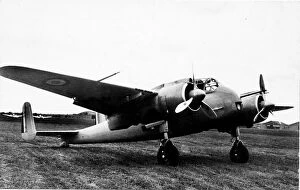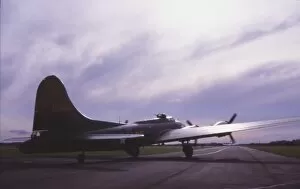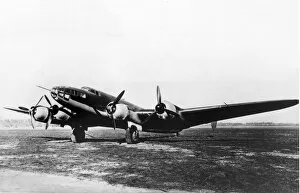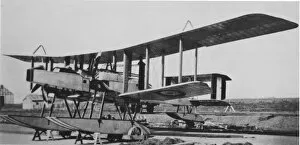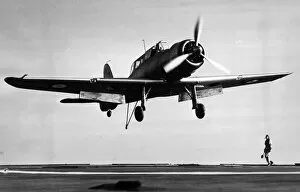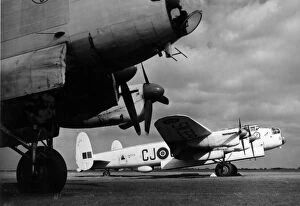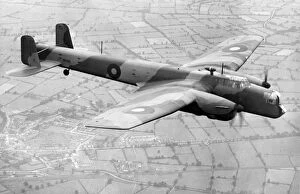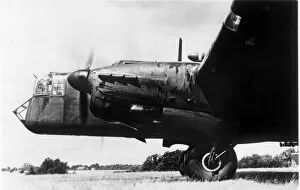Bombers Collection (#5)
"Bombers: Wings For Victory in the Second World War" Step back in time as we delve into the awe-inspiring world during the Second World War
For sale as Licensed Images
Choose your image, Select your licence and Download the media
"Bombers: Wings For Victory in the Second World War" Step back in time as we delve into the awe-inspiring world during the Second World War. The Stuka, with its menacing presence, advertised fear and destruction wherever it flew. Witness the B-25 Mitchell Bomber taking off from Hornet, a symbol of American power soaring through the skies. In 1942, at the Hendon Aerial Pageant, anticipation filled the air as Lancaster Bombers prepared to take off on their daring missions. These mighty aircrafts played a pivotal role in shaping history during The Battle of Britain. RAF Bombers over Berlin; an image that encapsulates bravery and determination as they relentlessly bombed enemy territory in 1943. Among them was the Wellington Bomber - a true workhorse of its time. Marvel at Avro 683 Lancaster I of No 467 Squadron being meticulously loaded with bombs before embarking on yet another perilous journey. This iconic sight reminds us of sacrifices made by brave men who fought for freedom. Witness a captivating encounter between a Spitfire and Heinkel 111K - representing opposing forces locked in an intense aerial duel during WWII. RAF Bristol Blenheim Fighter-Bombers join this historic lineup, showcasing their versatility amidst turbulent times. The strength and unity displayed by British RAF Sterling Bomber Squadron flying together is truly remarkable; their formation speaks volumes about camaraderie forged under fire. These they were not just machines but symbols of hope and resilience against tyranny. They carried within them dreams for victory and liberation from oppression – forever etched into history's tapestry.

